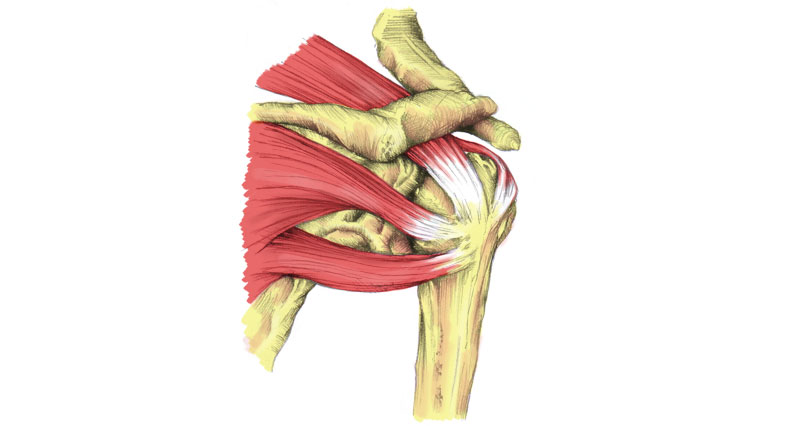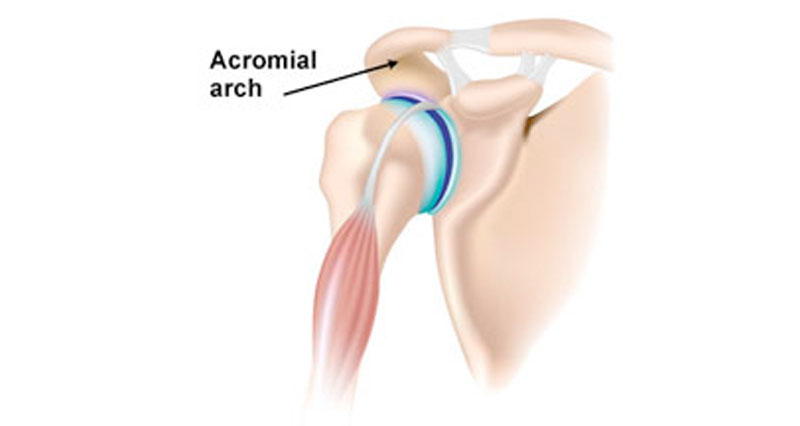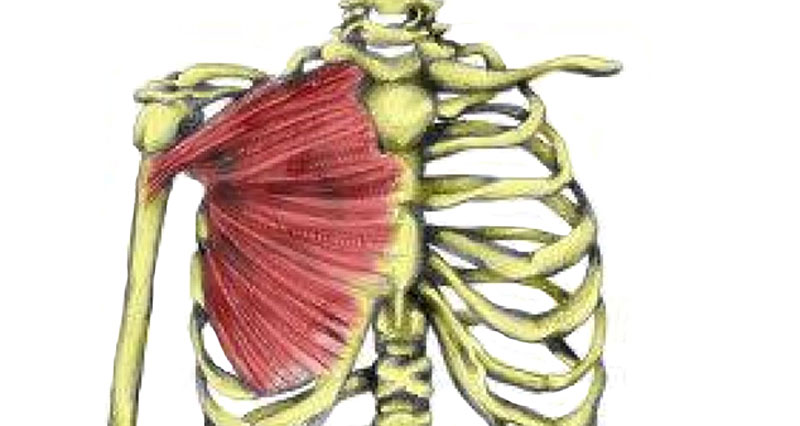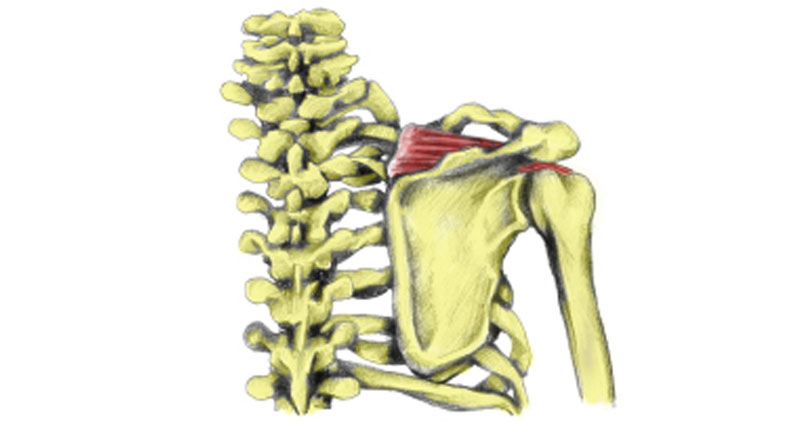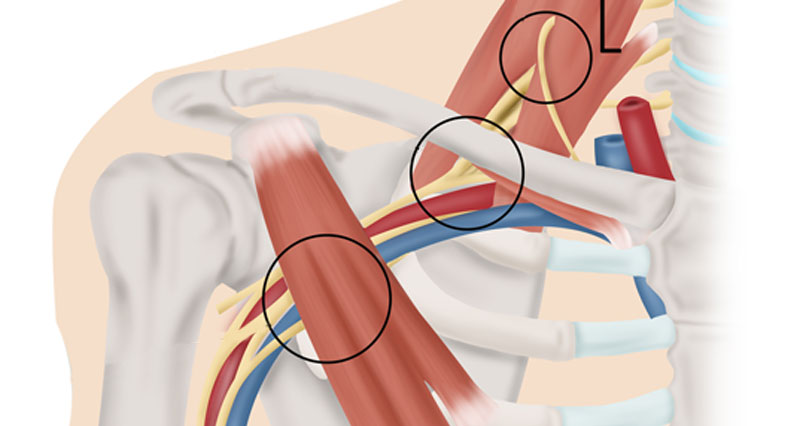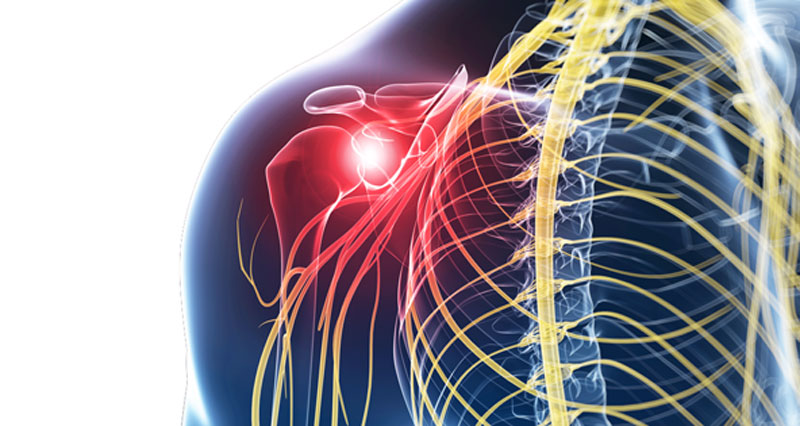Suprascapular neuropathy usually occurs as a result of traction damage to the suprascapular nerve, causing an aching or burning pain at the back and or side of the shoulder joint. Here we explain the symptoms, causes and treatment.
Suprascapular neuropathy symptoms
Suprascapular neuropathy symptoms include:
- Aching or burning pain at the back and or side of the shoulder
- Pain develops gradually and feels like it is deep within the shoulder joint but may radiate through the arm
- Weakness of the shoulder joint, in particular lifting the arm out to the side and rotating it outwards
- Wasting of the supraspinatus and infraspinatus muscles
What is Suprascapular neuropathy?
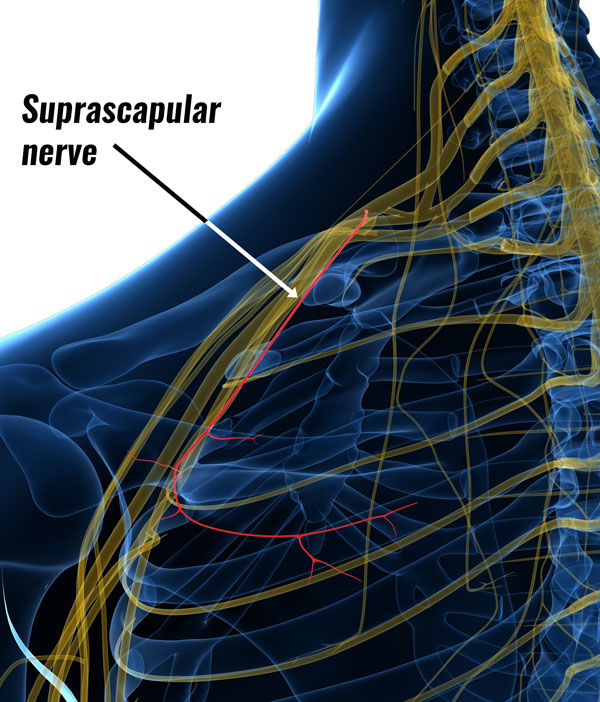
Suprascapular neuropathy usually occurs as a result of traction damage to the Suprascapular nerve. This nerve arises from the upper part of the brachial plexus (a large number of nerves where they exit the spine at the base of the neck) and travels down under the trapezius to the scapular. Here it connects to the Supraspinatus and Infraspinatus muscles.
Causes
Damage to this nerve is common in sports involving overhead movements such as tennis, cricket, and volleyball. Injury can be a result of compression, traction or direct trauma to the nerve. Improper movement patterns of the scapula can also cause stretching of the nerve. The growth of cysts resulting from superior glenoid labral tears may also compress the nerve.
Treatment of suprascapular neuropathy
Rest from aggravating activities. See a sports injury professional or Doctor who can diagnose your injury with the use of an MRI scan. A sports injury practitioner can advise on rotator cuff strengthening exercises and re-educate correct movement patterns of the scapula. If conservative treatment fails, subacromial injections or surgery to remove cysts or release the nerve may be required.
